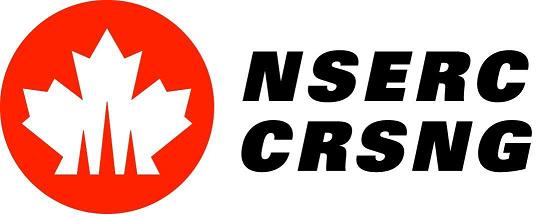Photodamage
We are interested in the negative effects of fluorophore excitation and photobleaching on biological systems (photodamage), in systems ranging from single cells to whole organisms.
What is photodamage?
Photodamage in biological systems refers to damage caused by reactive oxygen species and free radicals formed from photoexcitation. These molecules are highly reactive and thus will tamper with their immediate surroundings. This can cause irreversible damage, and often will end in cell or organism death overtime.
How is photodamage related to fluorescence?
Fluoresence involves the excitation of molecules into high electronic states. Excited molecules are therefore more reactive than when in their ground state, and can react with other molecules to produce reactive oxygen species or free radicals, potentially damaging to cells. This also results in the destruction of the fluorophore, which ceases to fluoresce (photobleaching).
Below: Photoinduced damage on a red blood cell. A) Before illumination. B) Imprint creation after laser illumination started. C) RBC turned to spherical in shape. D) Cell bursts.

How can we avoid photobleaching and photodamage?
There are several methods that can be employed in order to recude these unwanted effects. It is possible to use media with low oxygen, i.e. by using oxygen scavengers. Certain fluorophores do not photobleach easily. Lower excitation intensity can be used as well. We have also shown that beam scanning was an efficient way to reduce photobleaching when performing FCS experiments.
Publications
- Satsoura, D., Leber, B., Andrews, D. W., Fradin, C. (2007). Circumvention of fluorophore photobleaching in fluorescence fluctuation experiments: a beam scanning approach. ChemPhysChem 8, 834-848. doi:10.1002/cphc.200600589 [Read]
- Wong, F., Ng-Kamstra, J. S., Chen, N., Fradin, C. (2007). Localized photodamage of the human erythrocyte membrane causes an invagination as a precursor of photohaemolysis. Journal of Microscopy, 226(1), 6-17. doi:10.1111/j.1365-2818.2007.01749.x [Read] [Cover]


